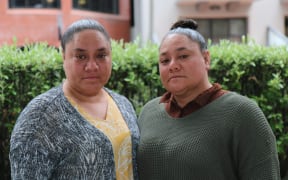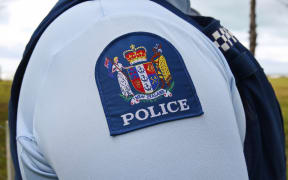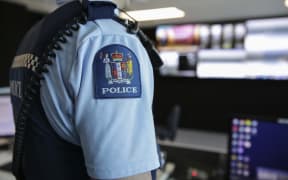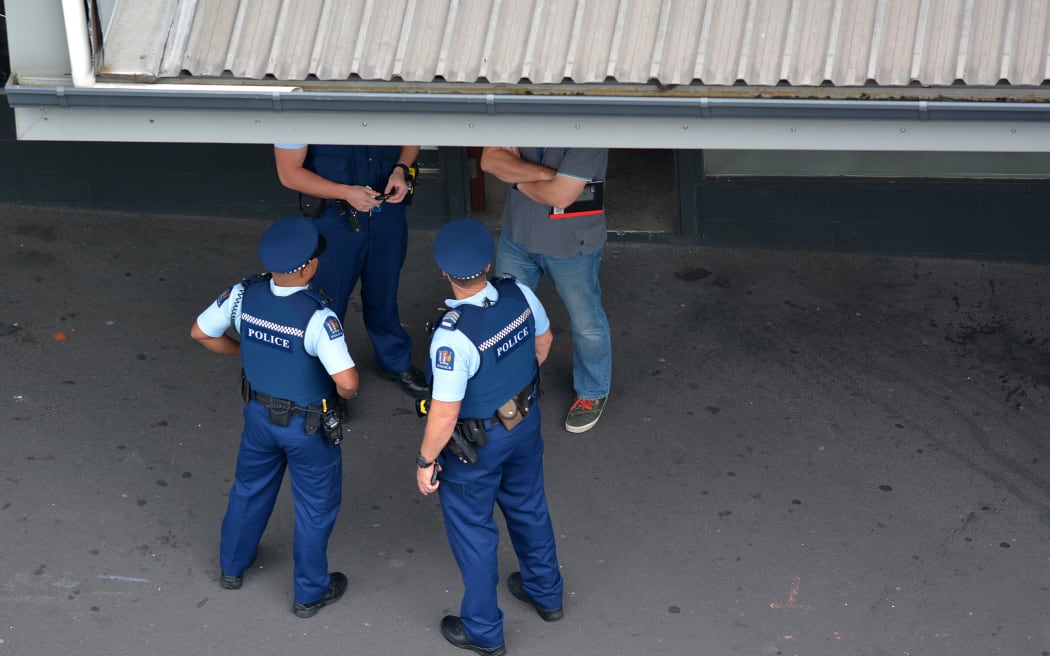
A joint inquiry into police photographing policy found people were photographed for simply looking "out of place", or "suspicious". Photo: Rafael Ben-Ari/Chameleons Eye/ 123rf
An investigation has found police are routinely and illegally photographing and filming young people and adults, the police and privacy watchdogs say.
That is just one of the findings in their bombshell joint inquiry that has revealed systemic problems with the way police take, store and use people's private biometric information.
The Independent Police Conduct Authority (IPCA) and the Privacy Commission (OPC) launched their investigation as a direct result of reporting by RNZ that police in Wairarapa were unlawfully photographing young Māori.
In response to the report, Police Commissioner Andrew Coster said it accepted the findings about photos taken of rangatahi.
But he said while police acknowledged the wider findings from the inquiry, they presented a challenge to police carrying out their duties.
Main findings: Unlawful practices 'widespread'
The report reveals a "widespread practice" has developed of officers routinely taking photographs of young people and adults in public for later identification with little cause.
People were photographed for simply looking "out of place", or "suspicious".
The police lack proper systems to be able to effectively use the photos gathered, with officers overstating the benefit of this type of intelligence.
Thousands of photographs of members of the public have been kept on officers' phones or transferred to the police computer system which legally should been destroyed.
And officers have systematically photographed and fingerprinted minors in custody who have yet to be charged, with the joint inquiry contending that in many cases the information was unlawfully kept when it should have be deleted.
Of the tens of thousands of photos held in just one police database, half are of Māori.
All the complaints who came forward with specific complaints were Māori.
"Rangatahi and their whānau ... consistently raised concerns that their treatment was as the result of their race," the report said.
The report details a number of specific, upheld complaints of officers unlawfully taking pictures of young people on the street without consent.
In one incident, officers wrongly threatened to arrest a rangatahi if they did not consent to being photographed.
And in another officers uplifted rangatahi for care and protection reasons but had then photographed them in relation to a criminal investigation.
The inquiry found police practice and procedure had breached both New Zealand and international law covering the treatment of children and young people, and that officers did not understand privacy laws.
The report describes how young people are more likely to be photographed than adults.
Several officers told the inquiry their superiors or Youth Aid officers emphasised that whenever possible, to photograph youth known or suspected of being involved in offending - although they say they were not "directed" to do so by bosses.
The report identified significant issues relating to police's storage, retention and disposal of photographs.
It did not have policy for taking images using police phones, or a comprehensive process for auditing and deleting pictures.
It is unknown how many images are stored on computers and phones that should have been deleted.
There were multiple places photos were being stored.
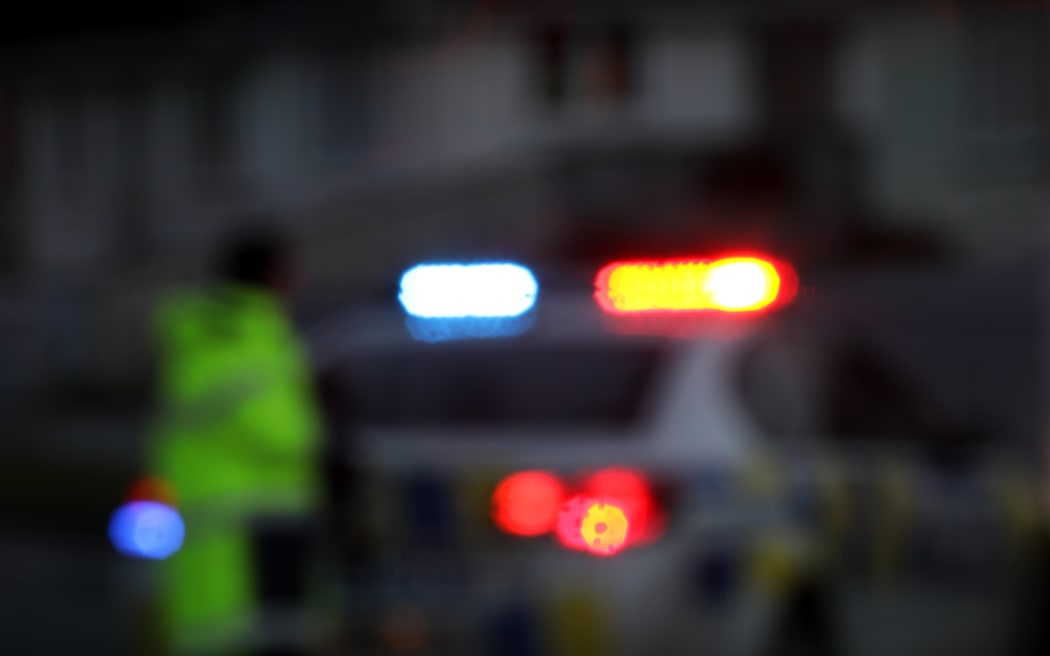
Concerns have been raised about information taken by police. Photo: RNZ / Rebekah Parsons-King
Photos and fingerprints of young people in custody but not charged 'systemic'
The report found police had developed a "widespread" and "systemic" unlawful practice of taking duplicate sets of 'voluntary' fingerprints and photographs from youths in custody for suspected offending and keeping them for longer than legally allowed.
Officers would take official photographs and prints knowing they must be destroyed immediately once a decision was made not to prosecute (charges against young people are frequently resolved without convictions).
Officers would also use their mobile phones to take further pictures of the person - as well as further "voluntary" fingerprints - so they could hold onto them indefinitely.
The watchdogs found the practice - although covered by police guidelines - "problematic" and in many cases done unlawfully.
The Privacy Commission has launched action against police over it.
Officers claimed young people were less likely to commit crimes if they knew the police have their picture.
But the watchdogs said there was no evidence to support this claim.
Cellphone use expands but little training on use
There is widespread ignorance among officers of the privacy laws, and the rise of digital technology has meant it is easy to take pictures and videos, risking "indiscriminate collection".
The report said mobile devices had "exponentially increased" the number of pictures and videos officers were taking.
But the police lack proper systems to organise and categorise this information, with the report saying the benefit of this intelligence is overstated.
Law-abiding citizens ended up with their images stored in police systems with little ability to challenge it, the report said.
Officers told the inquiry they believed there is no difference in the rules for photographing adults and children - despite young people being subject to special protection.
Officers mistakenly thought getting a person's consent meant they could take photos and fingerprints.
The report said consent could not make otherwise unlawful police actions lawful.
It found officers had a "general lack of awareness" of their obligations under the Privacy Act which led them to "routinely taking, using and retaining photographs when it is not lawful for them to do so".
This had come about because the police had not developed proper training, guidance and policies.
The watchdogs recommend the police change practices and improve training for officers.
Specifically, it recommends officers "must be able to articulate a reasonable possibility, based on more than mere conjecture, that collection of the image will be relevant to a particular or likely investigation".
The police have already tightened the rules for officers photographing young people in response to the inquiry.
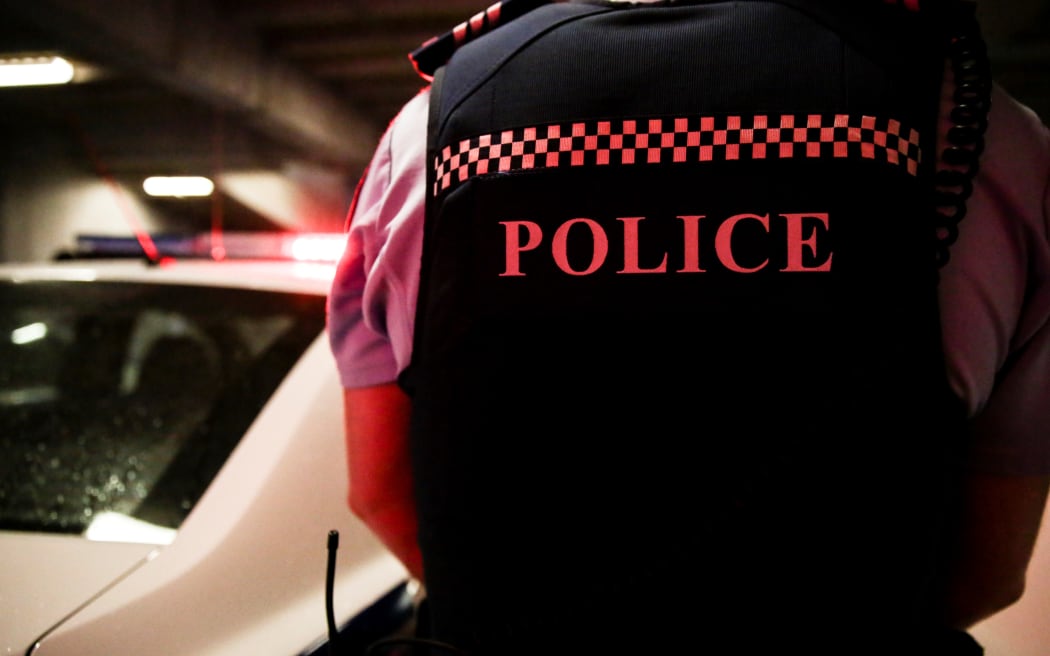
Some Māori have felt targeted by the information gathering. Photo: RNZ / Richard Tindiller
Māori feel targeted
The report notes that unconscious bias is not in the terms of reference of their inquiry.
However, it points out the all the youth in specific incidents were Māori.
Rangatahi and their whānau interviewed consistently raised concerns that their treatment was the result of their race.
Māori also make up more than half of those kept in police databases, but the information available is incomplete.
The inquiry sought information related to the number of pictures held, the reason a photo was taken, and the demographic information but police could not provide much.
It was only able to get info from its OnDuty app which officers use to access intelligence from the field - but only a fraction of photographs end up in this database.
A 2021 review of the database for the previous three years shows nearly 50,000 records with pictures.
Fifty-three percent had an ethnicity recorded as Māori and 10 percent as Pasifika.
The report says whānau members experienced "whakamā" or shame as a result of their rangatahi being targeted.
It said in order to restore balance, police must acknowledge the impacts of their actions.
Some specific allegations involving young people
The inquiry was launched after RNZ reported in December 2020 that police in Wairarapa were unlawfully photographing young people.
Whānau describe their sons walking alone, when police have approached and insisted they take their picture.
Subsequent reporting showed the practice appeared to be widespread.
The inquiry upheld three complaints made of police actions in Wairarapa, saying officers were unjustifiably and unlawfully taking pictures of young people without consent of guardians.
The report outlines a number of other specific complaints where officers stopped and photographed young Māori on the street, including the one where they wrongly threatened to arrest a rangatahi if they did not consent to being photographed.
In another early last year in an undisclosed place officers saw an "animated conversation" between young people on a street and stopped to intervene.
One rangatahi explained his rights and refused to do so. During a confrontation officers took photographs of the young person despite the group voicing their objections and holding their arms over their faces.
In 2020 in Hamilton two rangatahi were waiting at a bus stop after school. Officers responding to a burglary nearby stopped and took their pictures despite them not matching the description of the reported offenders.
In Whanganui in 2014, two young people were waiting for their koro outside a shop and were spoken to about an alleged burglary and photographed without consent.
There were other complaints but not all were able to be fully investigated because of the amount of time passed.
Privacy Commission already taking action against police
In August 2022, RNZ reported the Privacy Commissioner had quietly launched enforcement action against the police in December last year 2021 for breaching privacy obligations - but the OPC refused to give more information at that time.
In the report today it said it issued a compliance notice to police to stop collecting duplicate photographs and biometric prints from young people, and to delete unlawfully collected material.
It said the police had been reporting regularly to OPC on progress with the compliance notice.
The watchdogs say they are "heartened" by police promises to "prioritise the implementation of the recommendations of both the joint Inquiry and compliance notice".
Action to be made public quarterly
The police will consult with OPC four times a year on progress being made, with updates to be made public.
The inquiry spoke to a range of front-line officers and managers in four police districts: Counties Manukau, Waikato, Wellington, and Southland - which were chosen to provide a demographic spread.
They also talked to complainants and their whānau, and reviewed police files.
The Police National Headquarters sent questionnaires to each police district as part of their internal review. The findings were summarised into a report which was given to the joint inquiry.
It is not clear if the police will publicly release their report.
Deputy Privacy Commissioner Liz MacPherson said: "We really want to acknowledge the whānau who brought their stories to us."
"Their bravery, and their belief in their rights, led to this inquiry and to what will be a systemic improvement to the protection of peoples' personal information in Aotearoa."
On police taking pictures
The police officers interviewed by the inquiry explained they took photographs of people to either confirm a suspect's participation in the offending, or to rule them out.
Officers say it allows them to identify someone for future reference.
They told the inquiry while management encouraged it they did not direct staff to take pictures, and the practice varied nationwide.
Photographs are taken even when the verbal request for consent was refused, and it was also done covertly.
But when the media reports surfaced of the original complaint in Wairarapa the practice dropped off in some districts.
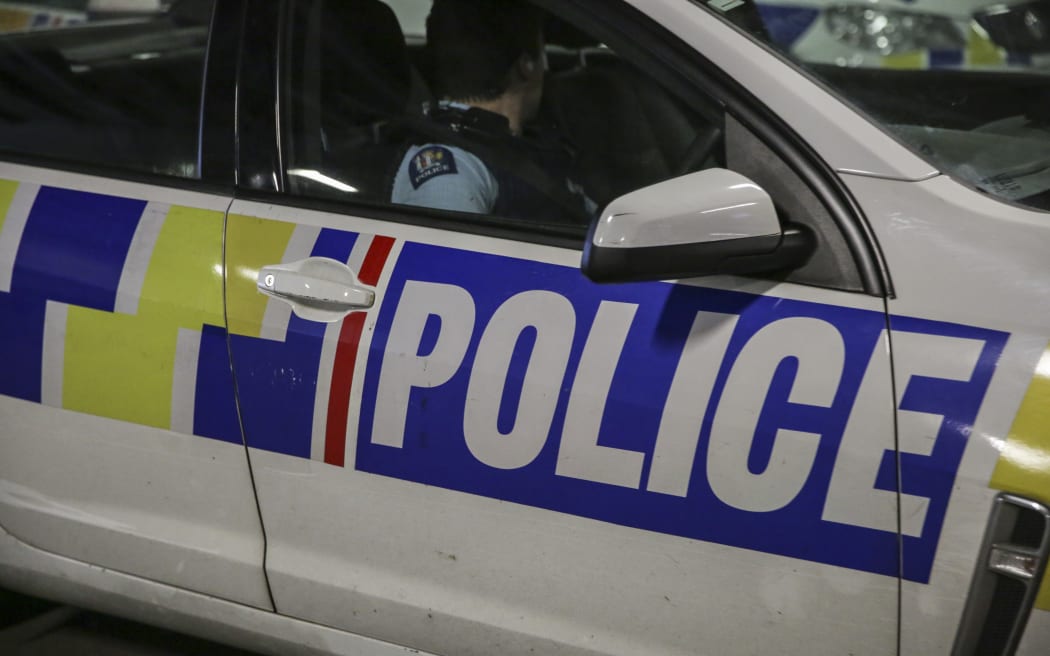
There have been reports of police taking photos of youth 'to identify someone for future reference.' Photo: RNZ / Richard Tindiller
On storing pictures
The report identified significant issues relating to police's storage, retention and disposal of photographs.
Photographs were routinely indefinitely retained on officers' mobile devices, with the numbers of photos stored on an officer's device often being in the thousands.
There were multiple systems and locations for storing pictures, with little guidance for doing so properly.
This means that photographs are routinely held by police for longer than justified.
On 'intel notings' and facial recognition
Traditionally police gathered intelligence through taking detailed notes or "intel notings".
The report says photographs of individuals are not, and cannot be treated as, the same as "intel notings".
"A digital photograph is not a description of an individual, it is an exact biometric image of that individual and no other. As such, it is sensitive personal information and must be treated accordingly.
"It is also capable of being analysed using facial recognition technology and other digital techniques which makes it even more important that the information is being collected, used, retained and stored lawfully."
On uplift
Officers said they sometimes took pictures of children during Oranga Tamariki Act uplifts for "care and protection purposes", as well as of runaways so they can be identified if they run away again in the future.
The joint inquiry found there are situations when that can be justified, but it reminded police it should only be for care and protection purposes, not for law enforcement.

